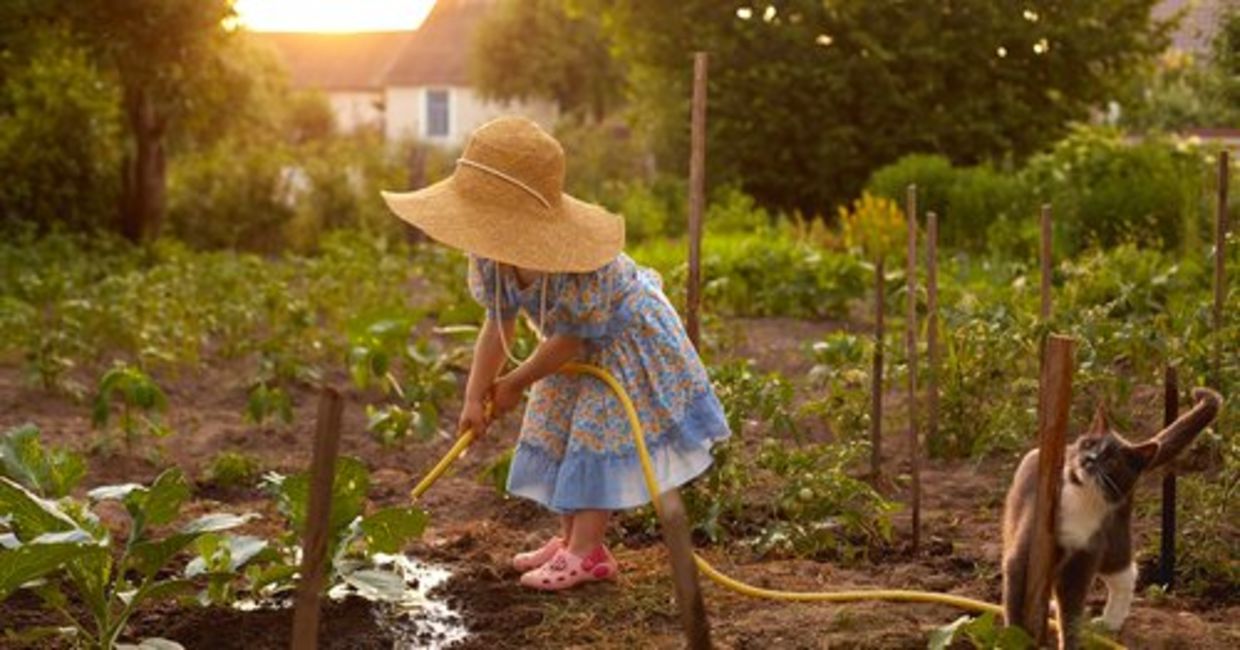
(Inga_Ga / Shutterstock.com)
Spending time in the garden is always pleasurable, yet when you can add upcycling and sustainability to your practice, it suddenly becomes more meaningful! From planting seedlings to managing pests, here are five gardening hacks from local experts that will upgrade your gardening style.
Repurpose Eggshells
Start collecting eggshells now, as seen in One Little Project, so you will have many on hand for planting in the spring. Instead of using plastic seed containers, you can use eggshell instead!
Gently wash and dry the cracked, used shells, then place earth right inside them. Top them with a seed, cover with earth, and wait for nature’s miracles to happen! Once your seedlings have popped and grown out of their baby nursery, you can then crush the shells and use them as fertilizer.
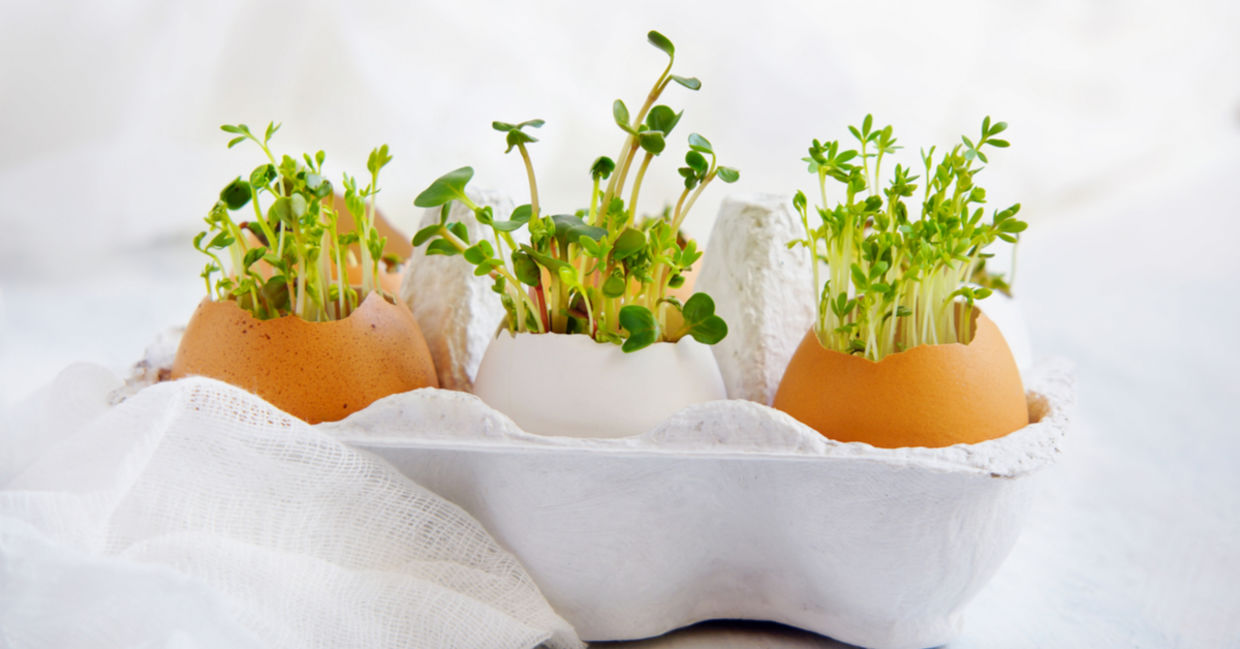
(Julia-Bogdanova / Shutterstock.com)
Upcycle Pallets Into Seed Trays
Transforming wooden pallets into seed trays is a wonderful hack from The Optimistic Gardener YouTube. This is a great way to practice recycling and to reduce the use of plastic in the garden. Since seed trays are flimsy and usually tear and break over time eventually ending up in a landfill, do your best not to use them.
Using “HT” (heat treated) pallets is a clean and sturdy alternative. Just check that the pallet is not stamped with the letters “MB” (for methyl bromide), as the wood will be toxic. Once you have clean pallets to work with, you can choose the shape and size you want your seed boxes to be and can enjoy reusing them over and over again.
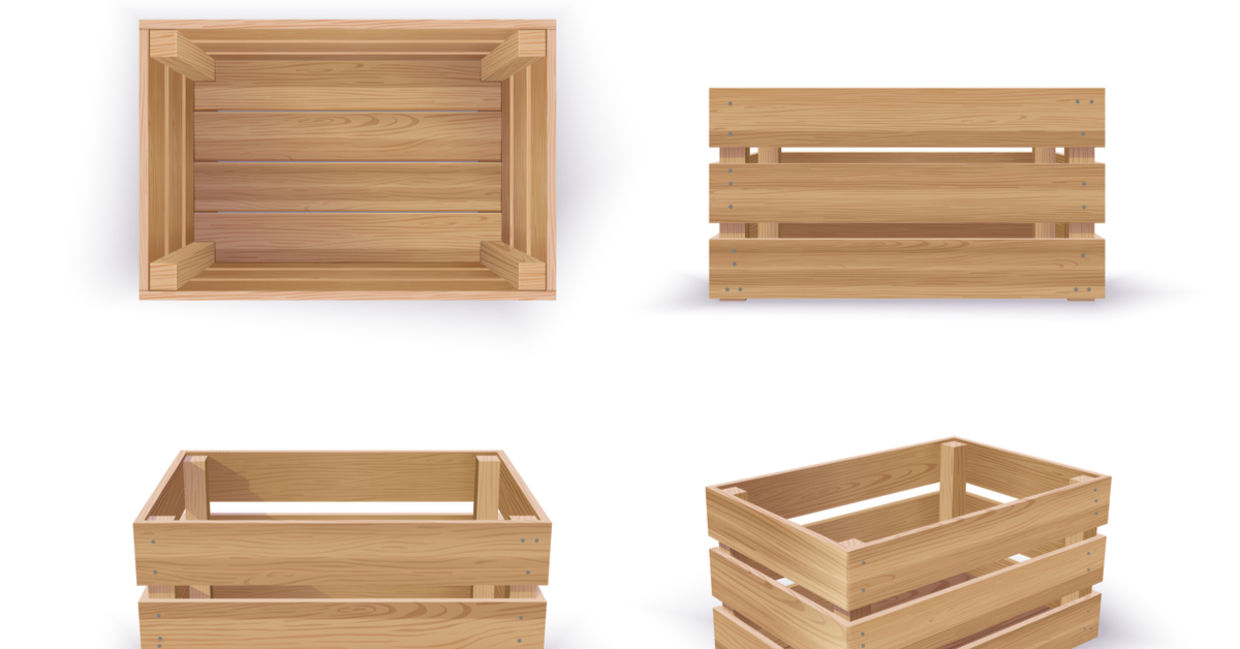
(Susse_n / Shutterstock.com)
Turn Plastic Containers Into Seed Labels
This is a brilliant and simple gardening tip from a YouTube video by Huw Richards. Collect ice cream tubs, as well as plastic yogurt and cream cheese containers. Using scissors, cut them into strips measuring a few centimeters wide. Take a permanent marker pen and write the name of the seeds on the blank side.
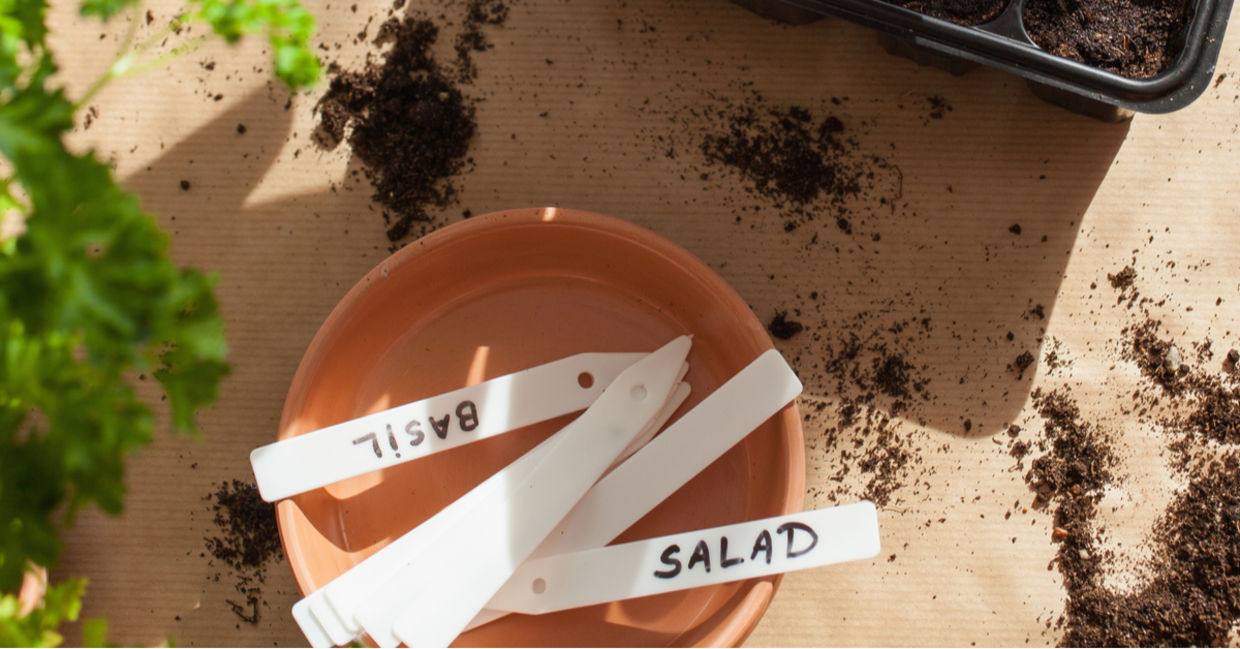
(Olga Miltsova / Shutterstock.com)
Protect Seedlings With Milk Jugs
Once those seedlings are more mature and are placed in the ground, they may need a bit more nurturing. Keep old plastic milk jugs on hand just for this, as recommended by One Little Project.
Simply remove the cap, cut the top off the bottom, and place the jug over tender seedlings. This will protect them from late frost and bugs. Sunlight can still get in from the top and through the plastic, but it cannot burn the baby plants. Once they are strong enough to fend for themselves, remove the jug and keep them for the next batch of seedlings.
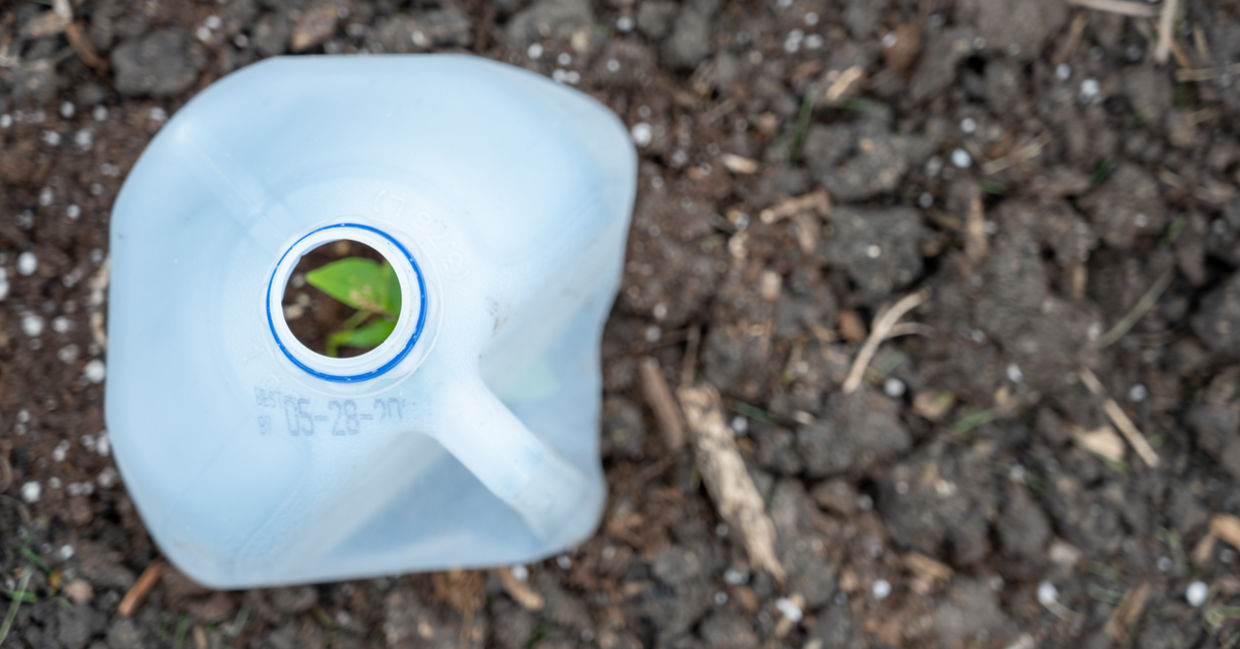
(Lost_in_the_Midwest / Shutterstock.com)
Plant Flowers for Natural Pest Control
This is a way to add natural beauty to your vegetable patch and to protect it from pests in a sustainable way. Organic Authority recommends companion planting, which is growing a row of flowers in between your veggies. Natural insect-repelling plants include borage, lavender, clover, marigolds, and chrysanthemums.
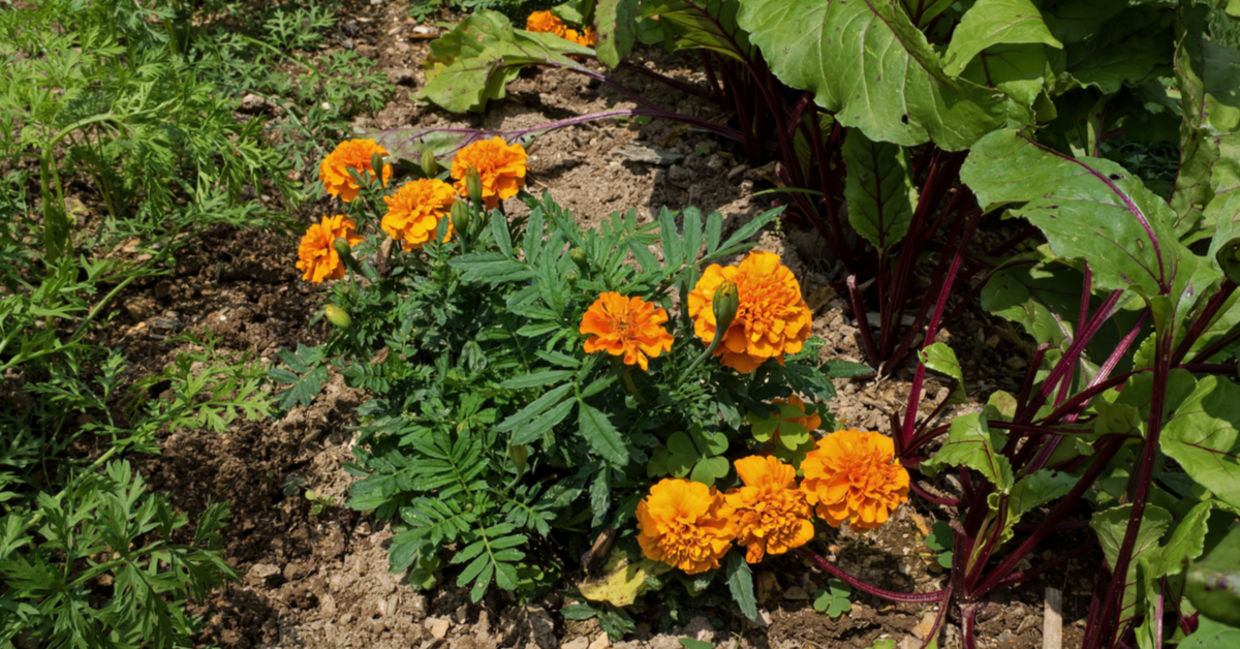
(Michael G McKinne / Shutterstock.com)







